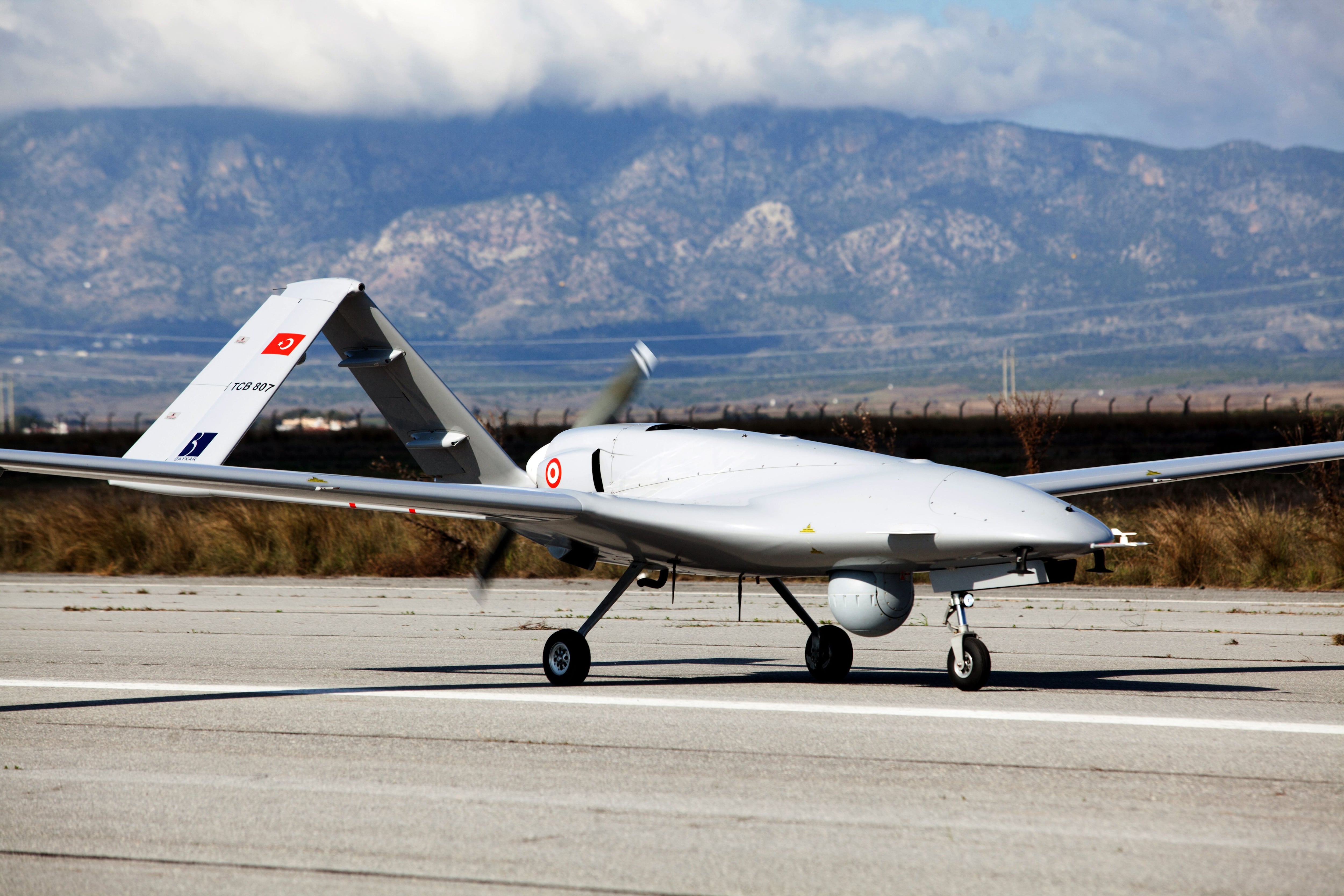SOURCE: AFI

The Bayraktar TB2 drones, hailed as a game-changer in Ukraine’s military arsenal, are facing new challenges as the conflict with Russia evolves. Once lauded for their role in assisting Ukrainian forces in achieving military successes, these Turkish-made drones are now finding their utility limited amid the bolstering of Russian air defenses, according to Ukrainian military officials.
At the outset of the conflict, the Bayraktar TB2 drones were instrumental in providing Ukrainian forces with crucial intelligence, surveillance, and reconnaissance capabilities. Their ability to stay airborne for up to 27 hours allowed for extended monitoring of enemy movements and positions, providing Ukrainian commanders with valuable situational awareness on the battlefield. Additionally, these drones were capable of conducting precision strikes on high-value targets, contributing to Ukrainian efforts to counter Russian advances.
However, as the conflict has progressed and Russian forces have strengthened their air and electronic defenses, the effectiveness of the Bayraktar TB2 drones has been significantly diminished. Ukrainian military officials now acknowledge that the drones are facing considerable challenges in operating in areas where Russian air defenses are concentrated.
Russian advancements in air defense systems, including sophisticated radar systems and anti-aircraft missiles, pose a significant threat to the Bayraktar TB2 drones. With the ability to detect and track aerial targets with increased accuracy and range, these systems have made it increasingly difficult for the drones to operate undetected and carry out their missions effectively.
One of the most significant limitations facing the Bayraktar TB2 drones is their vulnerability to Russian air defense systems. While they were once able to conduct precision strikes on enemy targets, Ukrainian military officials now caution against using the drones for offensive operations in areas with significant Russian air defense presence. The risk of losing these valuable assets to enemy fire has led to a shift in their role from offensive operations to primarily reconnaissance and target tracking.
In recent engagements, Ukrainian forces have had to adapt their tactics to accommodate the changing capabilities of the Bayraktar TB2 drones. Instead of using them to directly engage enemy targets, the drones are now being deployed to gather intelligence and provide real-time surveillance of enemy movements. This shift reflects a strategic decision to minimize the risk of losing these valuable assets while still leveraging their capabilities to support Ukrainian military operations.
Despite the challenges they face, the Bayraktar TB2 drones continue to play a critical role in Ukraine’s conflict with Russia. Their ability to gather intelligence and provide situational awareness remains invaluable to Ukrainian commanders on the ground. However, their role has evolved in response to the changing dynamics of the conflict, emphasizing reconnaissance and surveillance rather than direct engagement with enemy forces.